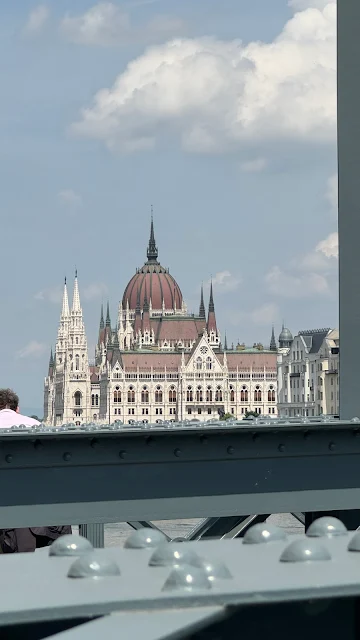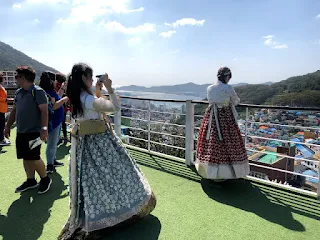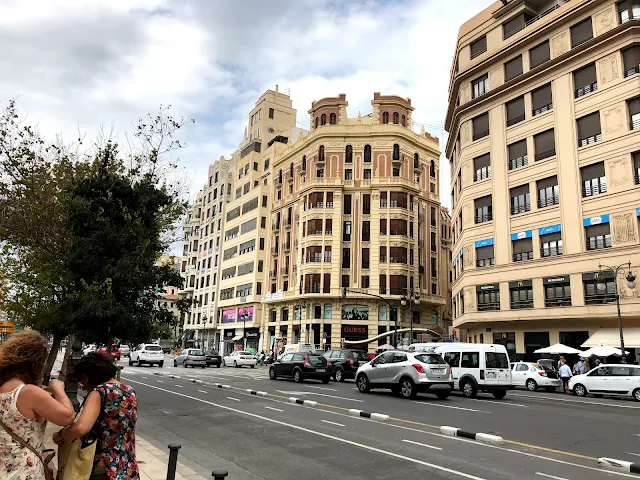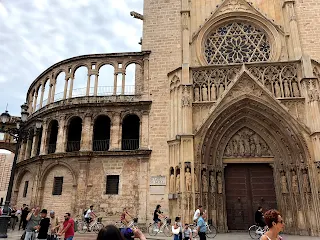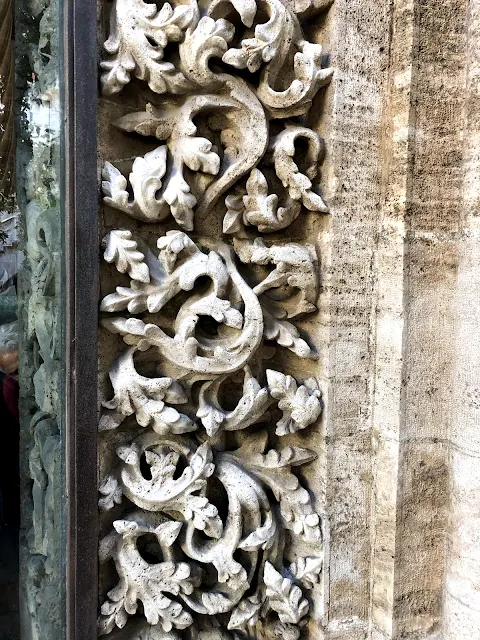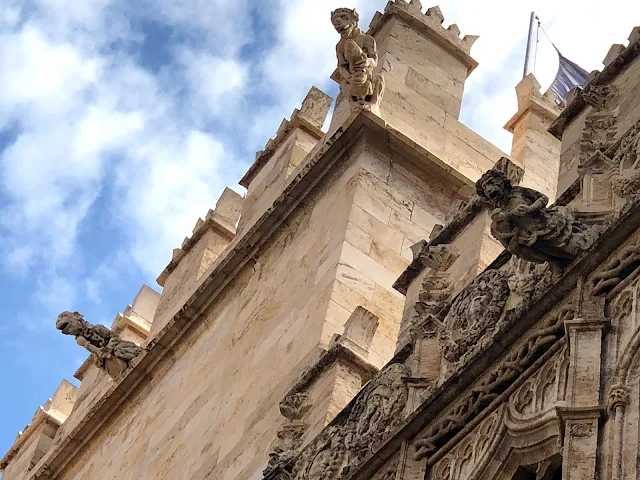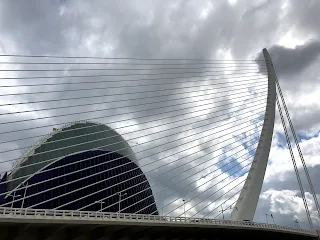 |
| The Hungarian Parliament House by the Danube at sunset |
They did not know where they came from. They intelligently guessed they must have come from the Ural mountains around 800CE. No, say the archaeological finds. Excavations showed carvings and even scripts that go back 5,000 years!
Modern history tells them of Prince Stephen, the first devout Catholic King canonised posthumously.
People were happy going about their daily lives, leaving the administration to the monarch, whom they were programmed to believe God Himself ordained. They were glad to part with a portion of their hard-earned produce in return. After all, He decides whether the people should live, suffer, or die.
Soon, times turned for the worse. Other nations tried to dominate. People’s trust in the Divine soon dissipated. Then, Godless men steamrolled their ideology upon them. The communists preached equality and Utopia on Earth. It was, of course, another tale to outwink the unassuming.
They knew they had to rise. An uprising in 1956 was easily squashed by the mighty Soviet tanks. It was the status quo till the mighty dream of equality, as in other parts of the world, came tumbling down in by its own pompous weight.
Fed up with the single brand of soap and the Hobson choice of ugly-looking cars, they were enticed by the variety offered by capitalism's charm. They opened their borders for others to come in and learn about their heritage and how they made it as a race throughout their history.
 |
| Hungarian Sunset |
 |
| A pensive moment by the Danube |
 |
| The site where Stalin's statue used to be. Was brought down during the 1956 uprising. Stalin was replaced by God. |
 |
| Terror Museum @ Budapest. To remember the terror the Hungarians endured over the generations. Nothing black or white about terror. One man's terror is another man's law and order. |
 |
| A repenting Dracula reading the Bible! One of the many mini statuettes around Budapest. |
 |
| Hero's Square commemorates the many fallen heroes, for the Crown, God and a piece of cloth @ a flag or a piece of paper, maybe as an ID or passport! |
 |
| Stood still through it all! At King Saint Stephen's Basilica. |
 |
| The Marvel of Man and Engineering. |
 |
| Ordained by the Divine! |

